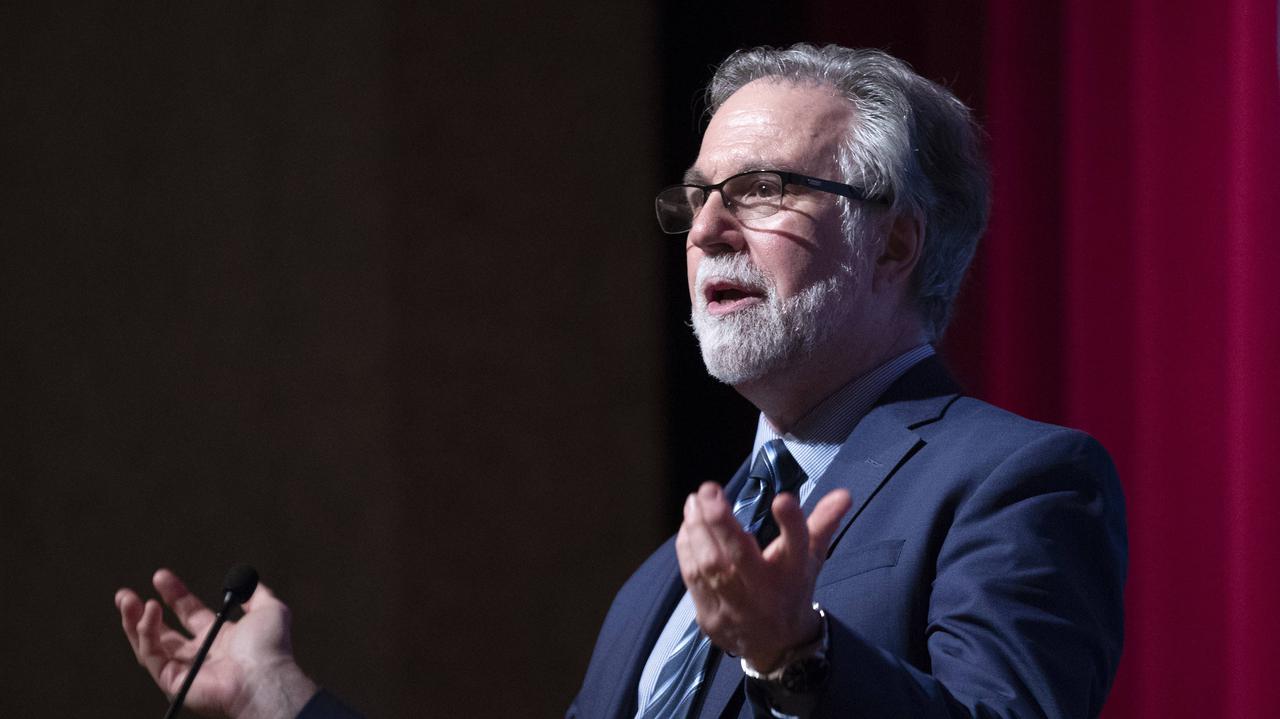In the world of mathematics there are puzzles that seem impossible to solve. Google DeepMind announced that they have solved one of the unsolved mathematical problems using a large language model (something like ChatGPT) – FunSearch.
Article published in Nature magazine It became a testament to this amazing moment, suggesting that this was the first time that the LLM had been used to discover a solution to a mathematical problem, providing a completely unique and previously unknown solution to modern science. This confirms the high effectiveness of large language models not only in classifying, searching and reproducing training data, but also in creating completely new content or solutions.
Previously, large language models tended to be confusing or make suggestions that did not apply to science. But FunSearch debunked this. It turns out that linguistic models can be useful in making real scientific discoveries, provided they are used appropriately and the information is verified – LLMs can still provide us with useful things, including less useful ones.
FunSearch, although its name might suggest otherwise, is a serious tool that can solve mathematical problems. This is the result of integrating a large language model called Codey with other systems that can reject incorrect answers, verify solutions, and choose the correct ones. Thanks to this, FunSearch is able to generate code that can solve even the most difficult mathematical problems.
The breakthrough came when researchers at Google DeepMind decided to use FunSearch to solve the “maximum set problem,” which is one of the most famous unsolved mathematical puzzles. This problem is to find the largest set in which three elements do not form a straight line. This is a very difficult problem and has been a challenge for mathematicians for many years. In the context of a 2D plane, this problem can be understood as trying to arrange points so that three of them do not form a straight line.

You can think of it as trying to put dots on a piece of paper so that you can't draw a straight line through three different dots. In other words, the idea is to determine the maximum set of points in which three points do not lie on a single line. This problem has applications in various fields, including combinatorial and cryptography. It is also related to other mathematical problems such as graph theory and discrete geometry. Solving this problem is important not only because of its difficulty, but also because of its potential applications in various fields of mathematics and computer science.
FunSearch works in an iterative manner, filling in the blanks in the Python code, skipping those that don't lead to a solution. It then evaluates the proposals and keeps only the ones that look promising. After many such iterations, FunSearch was able to create code that actually solved the mentioned problem.
This discovery not only demonstrates the potential of linguistic models, but also opens new possibilities for scientists in solving mathematical problems. A short time later, FunSearch once again proved its versatility – solving another challenging mathematical problem. Therefore, FunSearch seems to be the future of science. No one will question this now.

Echo Richards embodies a personality that is a delightful contradiction: a humble musicaholic who never brags about her expansive knowledge of both classic and contemporary tunes. Infuriatingly modest, one would never know from a mere conversation how deeply entrenched she is in the world of music. This passion seamlessly translates into her problem-solving skills, with Echo often drawing inspiration from melodies and rhythms. A voracious reader, she dives deep into literature, using stories to influence her own hardcore writing. Her spirited advocacy for alcohol isn’t about mere indulgence, but about celebrating life’s poignant moments.







